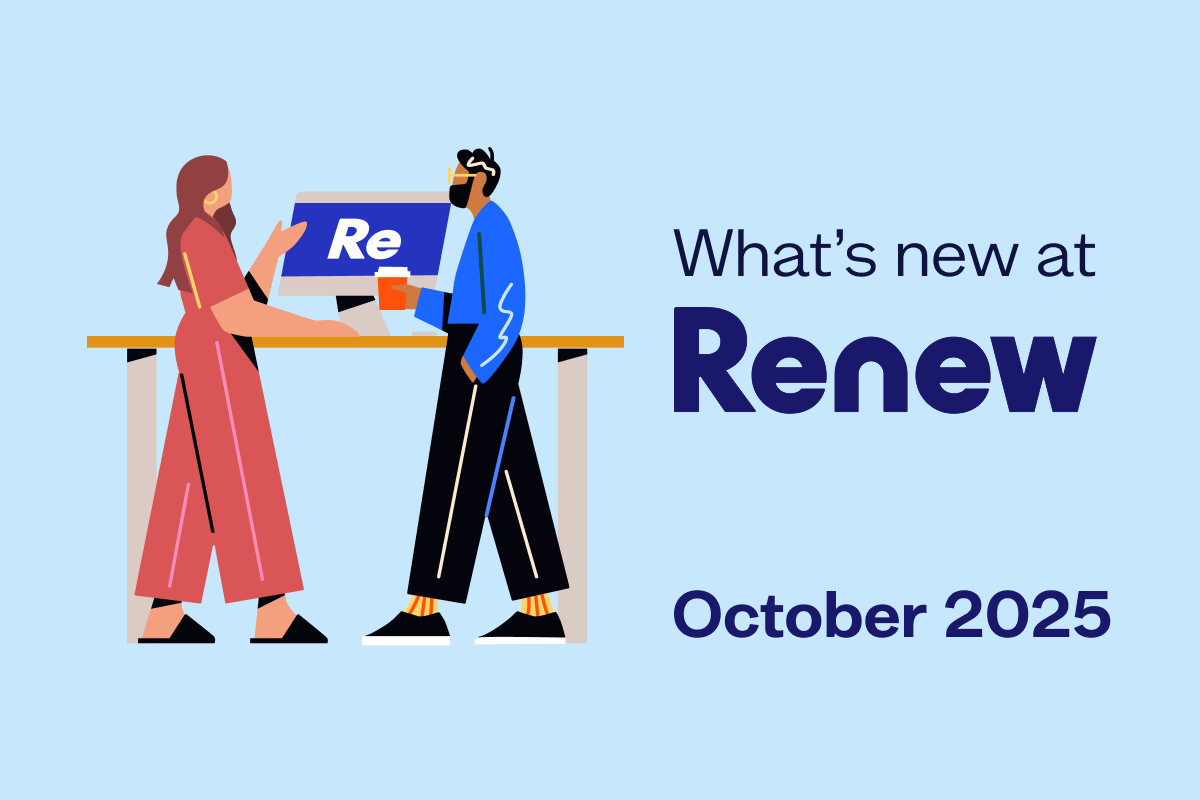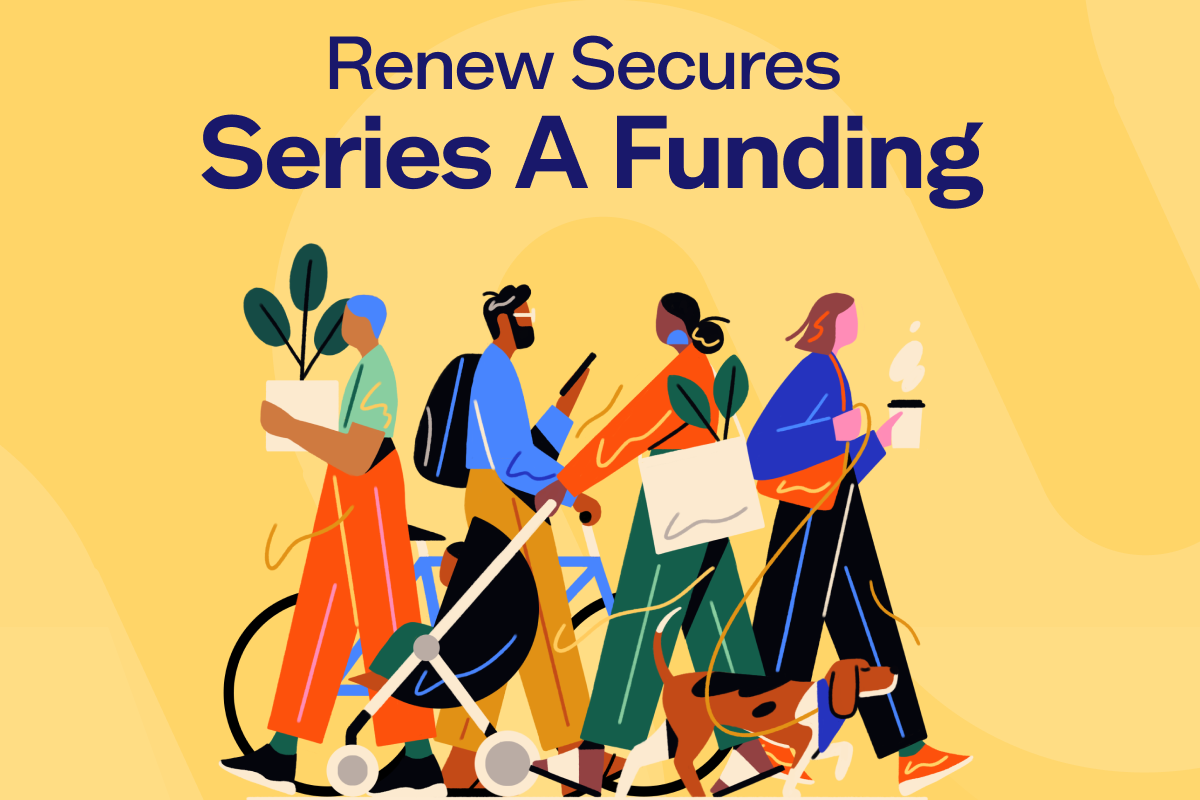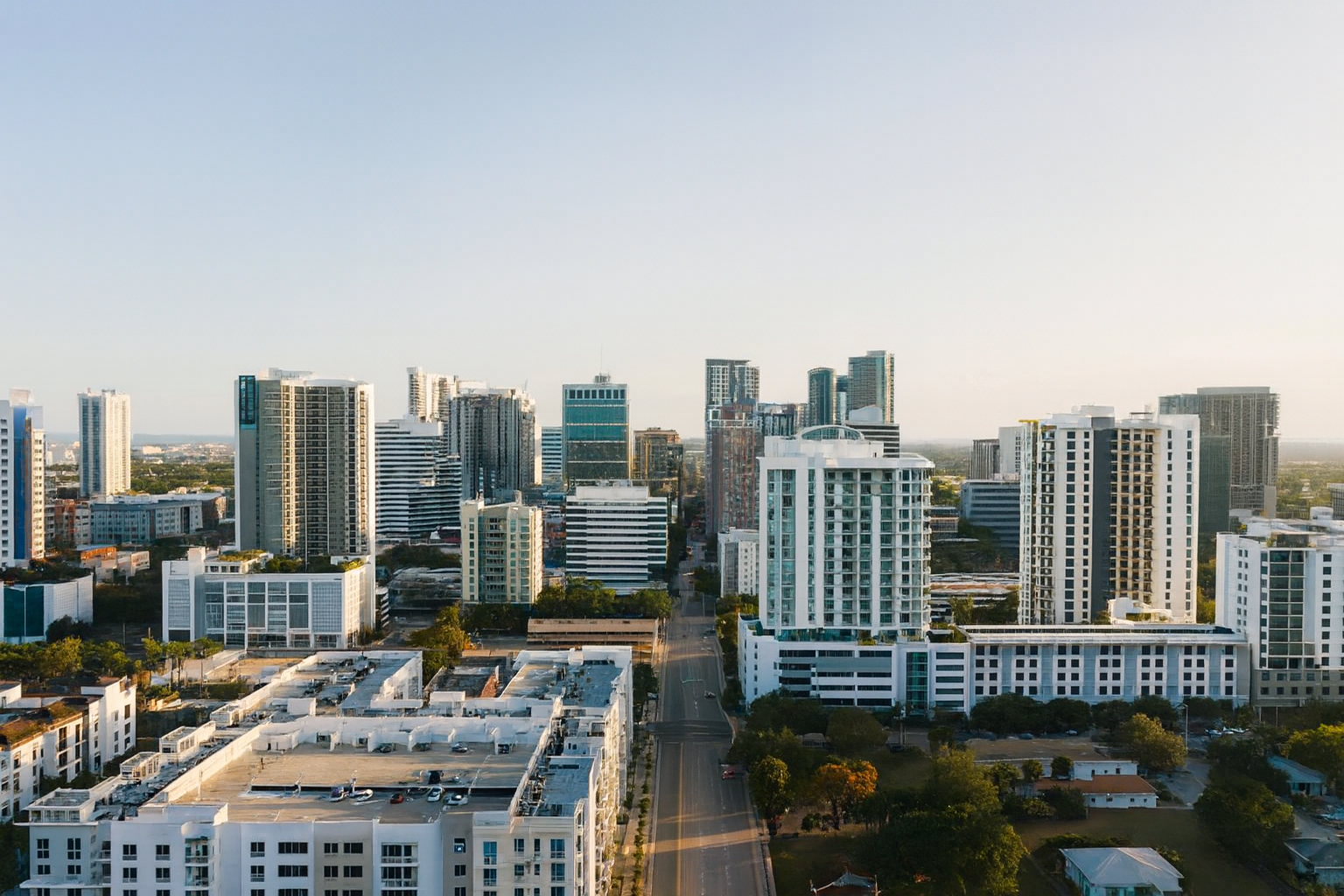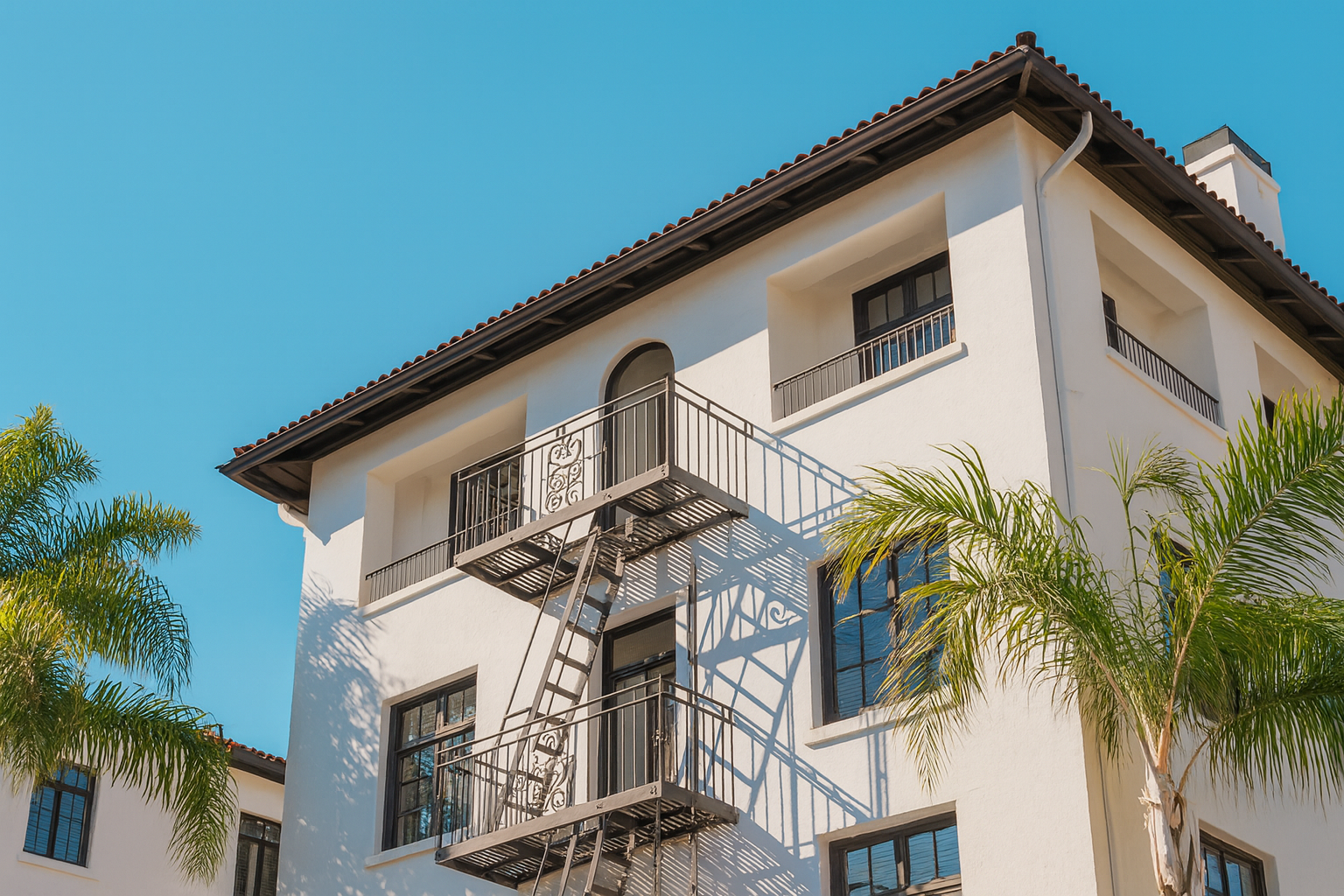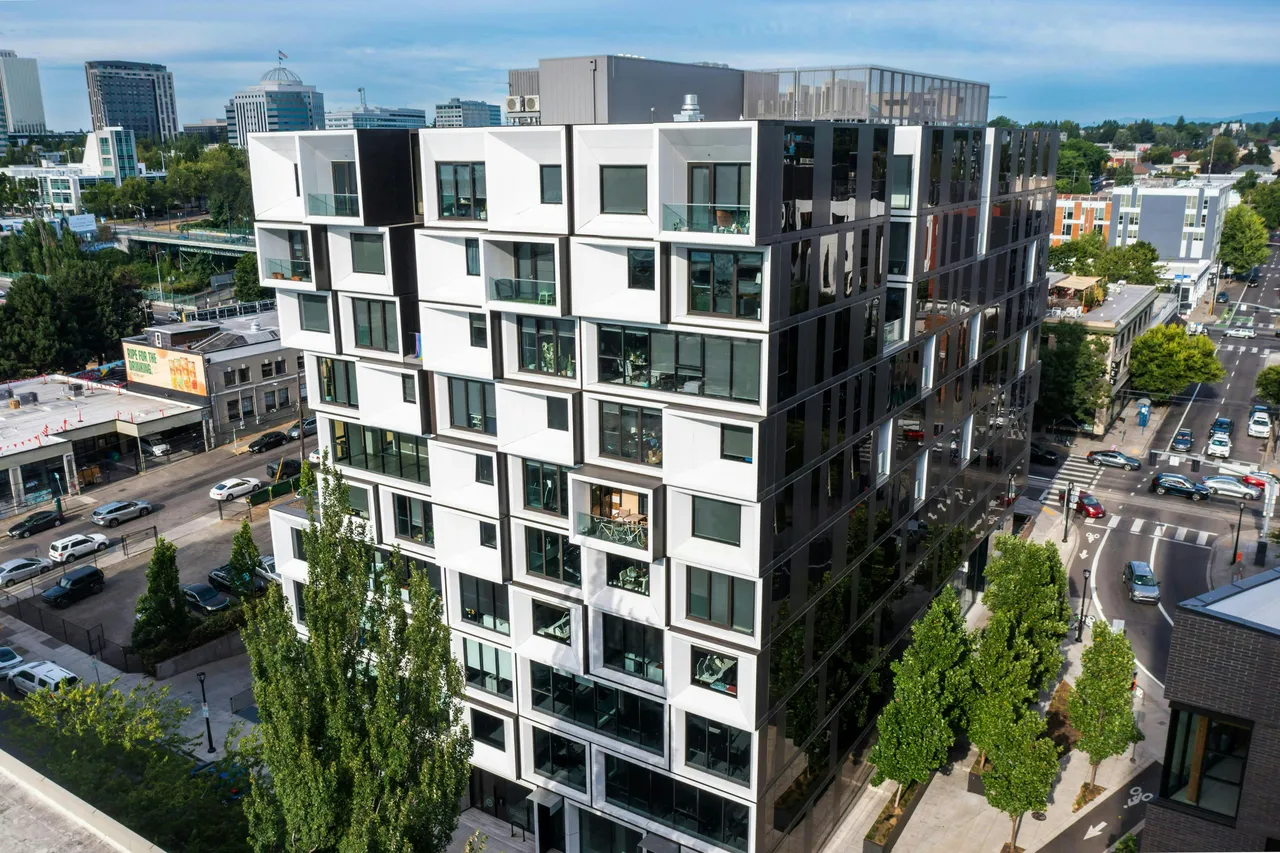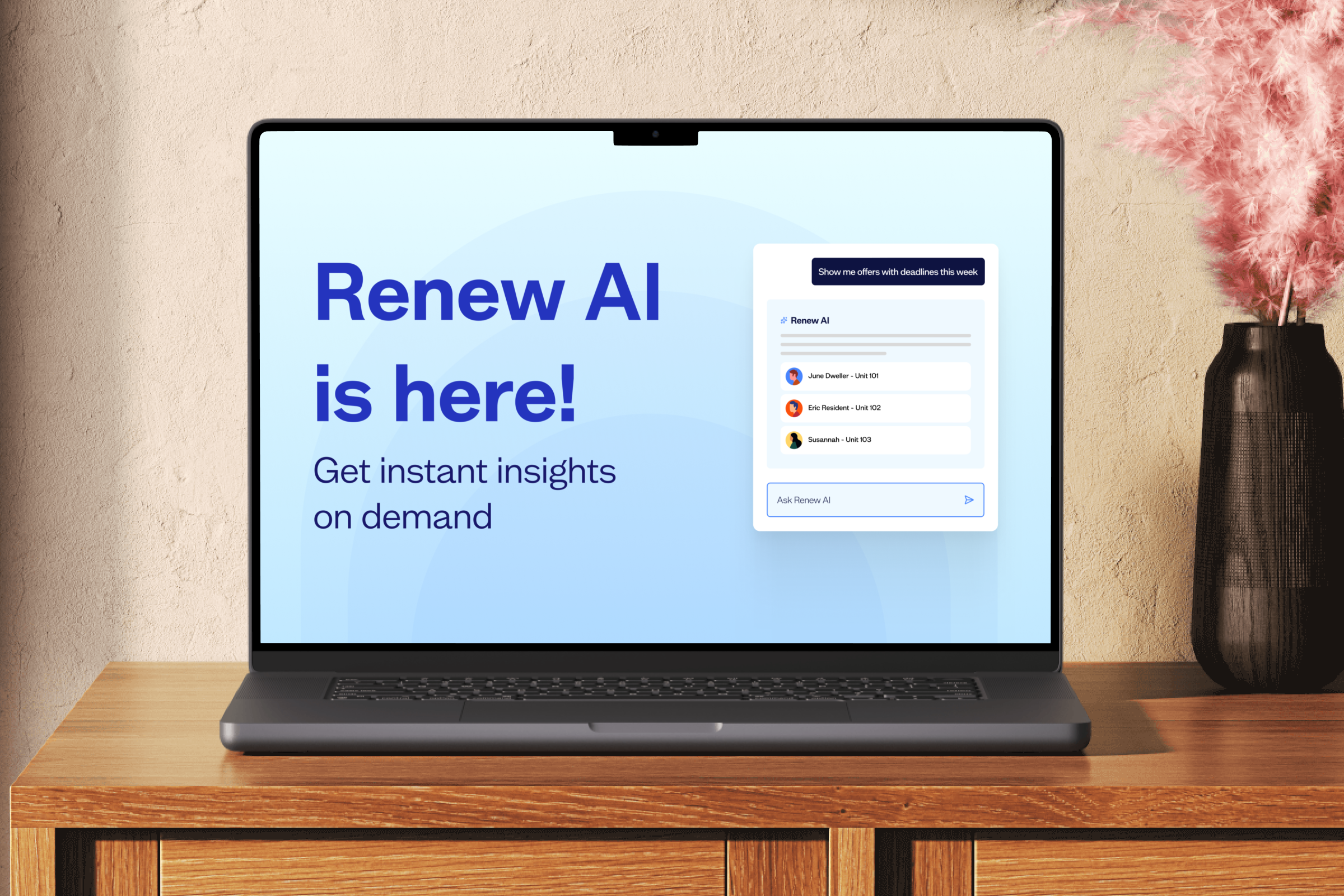To reduce preventable churn, multifamily operators need to move beyond a transactional view of lease renewals and adopt a holistic, customer lifecycle approach. This means engaging residents early, understanding their evolving needs, and leveraging data and technology to proactively retain them within the portfolio.
By uncovering the true drivers of resident turnover and aligning strategies with renter motivations, operators can turn renewals into a meaningful retention opportunity—and strengthen long-term portfolio performance.
Key Insights
1. Understand the Real Reasons Residents Leave
- Residents often move due to perceived value, life changes, or service dissatisfaction—not just rent increases.
- Most operators don’t track post-move destinations, missing critical insight into the reasons for resident turnover.
2. Proactive Engagement Is Critical
- Over 30% of non-renewing residents say they might have stayed if someone had asked the right question.
- Research shows proactive communication is a key factor influencing renewal decisions.
3. Retain Within the Portfolio
- Renter mobility doesn’t have to mean losing a resident.
- By digitizing sister property referrals at renewal time, operators can:
- Extend lifetime customer value
- Reduce customer acquisition costs (CAC)
- Offer incentives to encourage intra-portfolio moves
4. Technology Enables Smarter Retention
- Tech-enabled renewal workflows make it easier to:
- Identify when a resident is moving to a different market
- Promote other properties in the operator’s portfolio
- Turn a potential loss into a portfolio retention win
At many multifamily companies, lease renewals are treated as routine administrative tasks—sent out with little fanfare, personalization, or strategy. But this session challenged that thinking by asking, “What if renewals were the most underutilized lever for retention, revenue, and resident satisfaction?”
Renewals aren't just a paperwork milestone. They are a pivotal customer touchpoint that can make or break a resident's long-term relationship with your brand.
The Problem: A Post-Move-In Engagement Drop-Off
While operators pour energy and dollars into attracting prospects and making great first impressions at move-in, many admit the resident journey quickly goes quiet after that point. As a result:
- Engagement flatlines after the first 90 days.
- Residents feel more like transactions than valued customers.
- Opportunities to build loyalty and satisfaction are missed well before renewal season begins.
And when the renewal moment finally arrives, it often feels impersonal, clunky, or rushed, leading to preventable turnover, unnecessary vacancy loss, and higher costs to replace departing residents.
Where Operators Are Falling Short
Many recurring themes have been identified:
- Lack of Ownership: Many teams aren’t clear who “owns” the renewal experience—marketing, operations, or onsite staff—resulting in inconsistent follow-through.
- Outdated Processes: Manual letters, static PDFs, and generic messaging still dominate many workflows.
- Limited Resident Insight: Without good data, teams are often guessing what residents want, need, or why they might leave.
A Better Path Forward: Modernizing the Renewal Experience
How technology and a customer-first mindset can radically reshape the way renewals are handled.
- Automating with Purpose: Use platforms that personalize messages based on resident behavior, lease history, and communication preferences.
- Treating Renewals Like Retention Marketing: Deliver timely, branded, and relevant renewal touchpoints—not just offers, but value-driven updates throughout the lease.
- Creating a Resident Hub: Give residents a self-service platform that shows their options, answers common questions, and allows them to take action on their terms.
- Centralizing Workflows: When centralized business offices (CBOs) use tools like Renew, they can manage more properties and renewals without added headcount.
The Power of Asking the Right Questions
To help continue this conversation internally, operators should be asking their cross-functional teams these questions to drive strategy across leasing, marketing, operations, and tech:
- What are the most overlooked moments in our resident journey—and why?
- Where does resident engagement tend to drop off?
- How personalized and data-informed are our renewal offers?
- How does our company invest in acquiring residents vs. retaining them?
- Which parts of our renewal process are the most manual—and most frustrating for staff or residents?
- What would it take to make renewals feel like a growth opportunity instead of a back-office task?
Bottom Line: Renewals Deserve a Seat at the Strategy Table
As multifamily operators face rising costs and shifting renter expectations, lease renewals offer a powerful, often untapped lever to drive both financial performance and customer satisfaction. By treating the renewal process not as a formality—but as a key moment to build trust, offer value, and deepen relationships—teams can unlock better outcomes across their portfolios.
What would change if your company treated renewals as a core growth strategy instead of a clerical checkbox?
.svg)

.svg)







.png)


